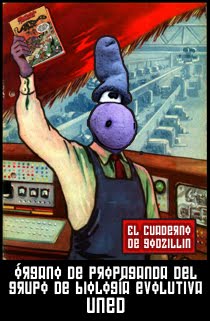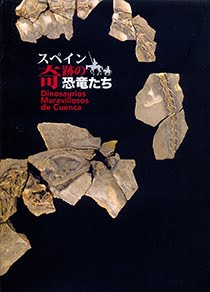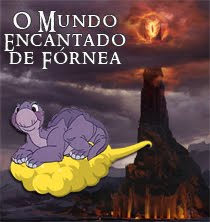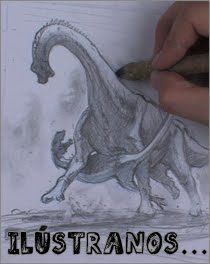El Jurásico Inferior… un remanso de paz y tranquilidad…¡Por la madre de todos los terópodos! ¡Es la estrella de la Formación Kayenta, Dilophosaurus wetherilli dirigiéndose hacia su presa! Y …… Watch out for that tree! ¿Os suena de algo esta entradilla? Bueno pongámonos en contexto. Dilophosaurus wetherilli es un dinosaurio terópodo que deambulaba por las tierras de lo que hoy es Arizona hace unos 190 millones de años. Bien. Watch out for that tree! Es una célebre frase de la canción de introducción de la serie de dibujos animados "George of the Jungle". Siguiente. En un recentísimo artículo publicado en la revista científica PLoS ONE, se describen una serie de restos fósiles pertenecientes a la región pectoral y la extremidad anterior de este dinosaurio carnívoro de mediano tamaño. Continuando con la narración, estos restos presentan evidentes signos de haber sufrido varios y severos procesos traumáticos de diferente índole que los autores relacionan con violentos encuentros con otros individuos de su misma especie o con potenciales presas que clavaron sus garras en nuestro protagonista. Cerrando el relato: entre esos encuentros no se descartan colisiones con árboles durante el fervor de la lucha. Y ahí es donde enganchamos con "George of the Jungle" y la mítica advertencia: Watch out for that tree!
Y ahora como cierro esta nueva entrega de las Escasas reflexiones …Ummmm… Dilophosaurus estate al loro que viene otro árbol y …
Aquí os dejamos el resumen del trabajo:
Bone abnormalities are common in theropod dinosaur skeletons, but before now no specimen was known with more than four afflicted bones of the pectoral girdle and/or forelimb. Here we describe the pathology of a specimen of the theropod dinosaur Dilophosaurus wetherilli with eight afflicted bones of the pectoral girdle and forelimb. On its left side the animal has a fractured scapula and radius and large fibriscesses in the ulna and the proximal thumb phalanx. On its right side the animal has abnormal torsion of the humeral shaft, bony tumors on the radius, a truncated distal articular surface of metacarpal III, and angular deformities of the first phalanx of the third finger. Healing and remodeling indicates that the animal survived for months and possibly years after its ailments began, but its right third finger was permanently deformed and lacked the capability of flexion. The deformities of the humerus and the right third finger may be due to developmental osteodysplasia, a condition known in extant birds but unreported in non-avian dinosaurs before now.
-----
Más información:
Más información:
- Referencia: Phil Senter & Sara L. Juengst (2016): Record-Breaking Pain: The Largest Number and Variety of Forelimb Bone Maladies in a Theropod Dinosaur. PLoS ONE 11(2): e0149140. DOI: 10.1371/journal. pone.0149140.
- Imagen tomada de aquí (Autor: Franco Tempesta).




























No hay comentarios:
Publicar un comentario